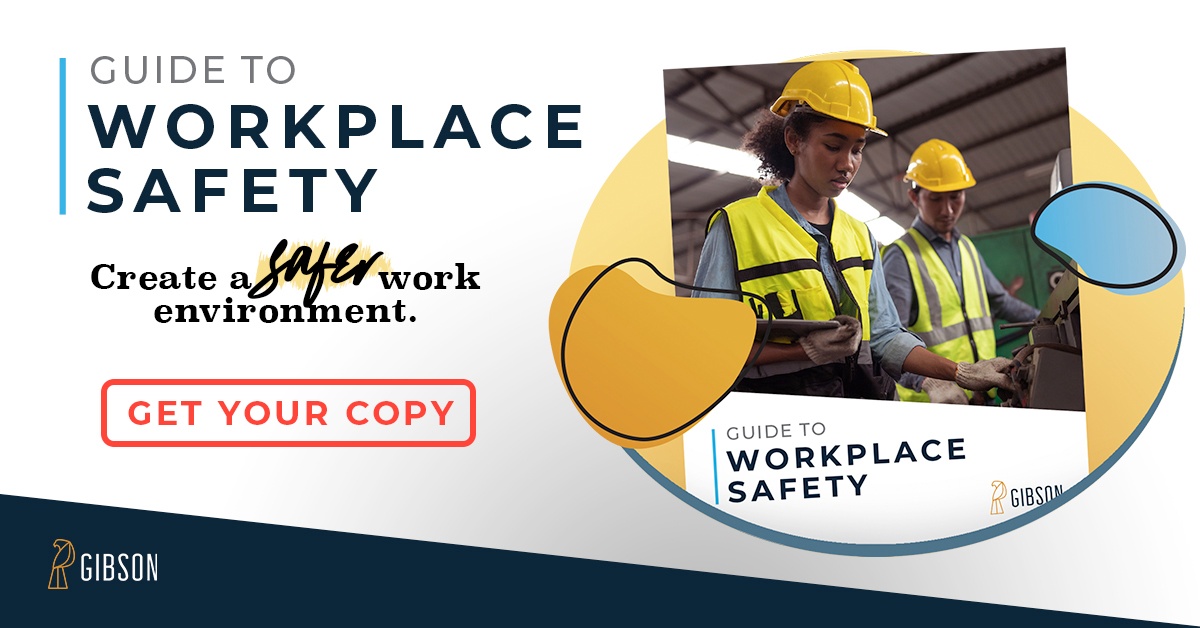1. Insurer investment returns
The financial crisis of 2008 caused insurers to write down their investment portfolios and reallocate seeking higher returns. However, with a prevalence of low-yielding investments, attractive returns were not possible. Furthermore, credit quality impaired insurer’s massive corporate bonds holdings. For insurers with an international footprint there was also the impact of the sovereign debt crisis in Europe and the drain on surplus caused by 2011 delivering one of the worst worldwide catastrophic loss years on record. Interest rates on 10-year treasury notes have been following a downward trend for over a decade and are now at all-time record lows. Since roughly 80% of the property-casualty industry’s bond/cash investments are in 10-year or shorter durations, most insurer portfolios will have low-yielding bonds for years to come. In addition, the recession reduced demand for workers’ comp (demand = payroll).
2. Market demand for workers’ comp
Significant premium amounts were returned to policyholders for over-estimated payrolls over the past few years. The total insured payroll levels today still have not recovered to 2007 levels.
3. The cost of losses
According to the Department of Labor’s Bureau of Labor Statistics, medical cost inflation has outpaced overall inflation by a widening margin since the late 1970s and there are no signs of this dissipating. The workers’ compensation loss cost has two components, medical and indemnity. In many states, the medical cost component now makes up the majority of the loss cost. In Indiana, medical is nearly 80% of the workers’ compensation loss cost (not long ago it was 40%). The drivers of medical inflation are too numbered and too dynamic for explanation in this post. Included are increased utilization of certain new treatment technologies, prescription meds (narcotics for pain), and an aging workforce. Add to this the uncertainty of how Health Care Reform will impact the supply (and delivery) of medical care to the workers’ comp system, and it’s difficult to picture dissipation or lessening of medical cost inflation.
All of this has impacted combined ratios for the workers’ compensation industry. According to A.M. Best and the Insurance Information Institute, combined ratios have been 116.6%, 117.1% and 116%, respectively for 2010, 2011, and 2012 (projected). This is the ratio of losses plus insurer expenses to premiums earned. For insurers to generate acceptable returns on their investments, their combined ratios must be lower in today’s environment with the depressed investment yields described above and medical loss cost inflation. These are the economics that are driving rate increases in the marketplace.



